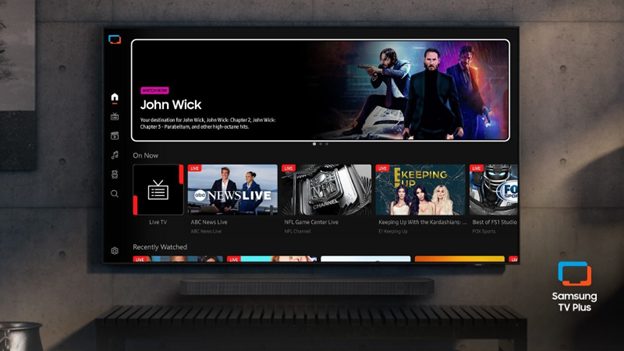Ultra-Short Pulses Help Free-Space Optical Systems Get Through Clouds and Fog
Wireless optical communications systems--free space optics (FSO)--offer many benefits over radio frequencies for transmitting large amounts of data over short distances. The bandwidth of optical systems is enormous and interference from other users isn't an issue, but attenuation by clouds, fog and other weather conditions have limited deployment of FSO systems in much of the country. Researchers at Penn State University recently developed techniques for working around these weather conditions.
"The multi-rate approach offers many advantages," explained Dr. Mohsen Kavehrad, professor of electrical engineering and director of the Center for Information and Communications Technology Research at Penn State who also lead the study. "For example, lower rate signals can get through clouds or fog when high rate signals can't. By sending the same message at several different rates, one of them can probably get through." This approach doesn't slow down the system. Tests have shown the multi-rate system is able to achieve an average bit rate higher than conventional optical wireless links operating at 2.5 Gbps. It also increases reliability by maintaining at least one active link throughout channel conditions.
While this may seem counterintuitive, Dr. Kavehrad explained that clouds and fog often clear abruptly, providing brief windows for transmission. This characteristic makes pulsed delivery better suited for FSO. The system works by embedding data in ultra-short pulses of laser light that are shaped by fractal modulation as wavelets, which are then transmitted at various rates. Belal Hamzeh, a doctorial candidate in electrical engineering working with Dr. Kavehrad, explained how this is done. "We use holography to generate and separate the wavelets. You just generate the mother wavelet and then the others can be generated as a fraction of the transmission bit rate of the mother. They can all co-exist in the channel without interference."
The Penn State news release describing the research said the wavelets are Meyer's Type, which look like dolphin chirps. "The wavelets minimize bandwidth waste and the ultra-short pulses are less likely to interact with rain or fog that could degrade the signal."
For more information, the Proceedings of the International Society for Optical Engineering, Volume 5598, has a copy of the paper for purchase. See Abstract: Ultrashort-pulsed FSO communication system with wavelet fractal modulation. The paper was delivered at the Optic's East 2004 Conference in Philadelphia, PA. A Google search on Mohsen Kavehrad provided information on this and other research projects he is involved with.
The professional video industry's #1 source for news, trends and product and tech information. Sign up below.
